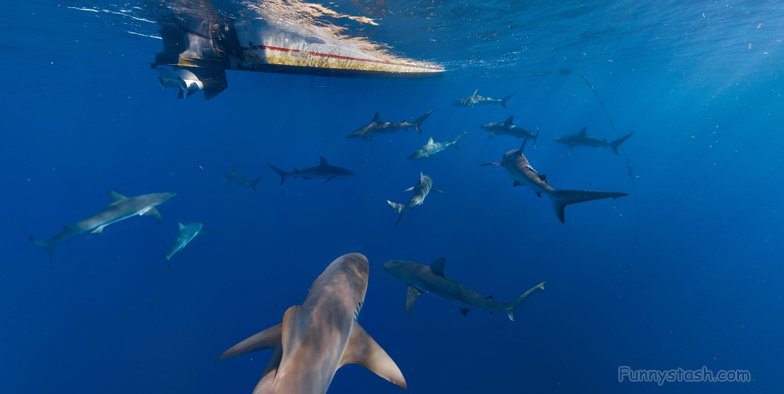Christopher Columbus is a worldly recognized discoverer of America, but he also explored many other lands, previously unknown to Europeans. Cuba, Haiti, Jamaica, Puerto Rico, the Lesser Antilles and the Bahamas — it is only a short list of his achievements.
Head in guyser coral
The archipelago of Jardines de la Reina, lying 60 miles to the south off the coast of Cuba in the Caribbean Sea, is on that list too. It was discovered in 1494 during the second expedition of Christopher Columbus and was named so to honor the Queen of Spain: Jardines de la Reina (Gardens of the Queen). The archipelago consists of around 30 big islands that are practically uninhabited (the total area of 175 square kilometres is inhabited by only 12 people) and an uncountable number of cays. These pristine islands, unaffected by people, covered by impassable mangroves and inhabited by crocodiles, turtles, iguanas and other representatives of wildlife, undoubtedly can be compared to a heavenly beautiful garden. But the true beauty of Jardines de la Reina is covered in the water: there is a coral reef stretching for almost 150 kilometers.
Scuba with Rope
In 1996 the state of Cuba inscribed the archipelago and its surrounding waters as a part of the national park. Tourists come here for scuba diving in order to enjoy the underwater landscapes and wildlife. It's quite a safe diving destination: these waters are protected from strong sea currents and the temperature is rather comfortable — between +26C° and +29C°, the visibility is over 30 meters.
Scuba surrounded with Caribbean reef sharks and others
Aerial View Location of the Gardens Of Queen Cuba































